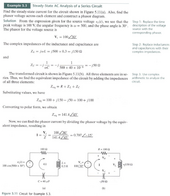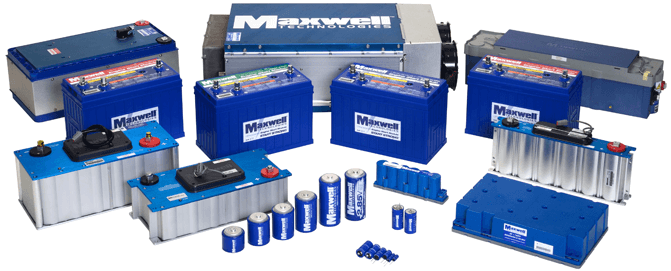I've been researching capacitors and wonder if they could be used to store and release energy extending solar use after dark. Or with wind turbines to keep energy flowing if the wind quits for a few minutes. Surprisingly there is very little info out there besides using them for HVAC. A run type capacitor seems like it could help a lot. I don't see any drawbacks to their use.
I also wondered about putting an AC capacitor with a breaker box to help stabilize any incoming power rush. maybe someone here is much better educated on this subject.
I also wondered about putting an AC capacitor with a breaker box to help stabilize any incoming power rush. maybe someone here is much better educated on this subject.







